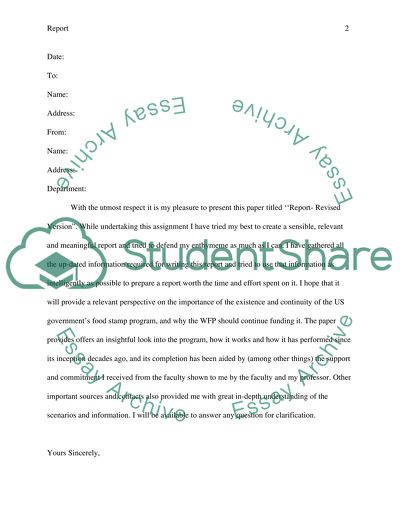Cite this document
(“The American food stamp program should continue and the World Food Term Paper”, n.d.)
Retrieved from https://studentshare.org/finance-accounting/1395715-the-american-food-stamp-program-should-continue-and-the-world-food-program-should-continue-supporting-and-funding-it
Retrieved from https://studentshare.org/finance-accounting/1395715-the-american-food-stamp-program-should-continue-and-the-world-food-program-should-continue-supporting-and-funding-it
(The American Food Stamp Program Should Continue and the World Food Term Paper)
https://studentshare.org/finance-accounting/1395715-the-american-food-stamp-program-should-continue-and-the-world-food-program-should-continue-supporting-and-funding-it.
https://studentshare.org/finance-accounting/1395715-the-american-food-stamp-program-should-continue-and-the-world-food-program-should-continue-supporting-and-funding-it.
“The American Food Stamp Program Should Continue and the World Food Term Paper”, n.d. https://studentshare.org/finance-accounting/1395715-the-american-food-stamp-program-should-continue-and-the-world-food-program-should-continue-supporting-and-funding-it.


